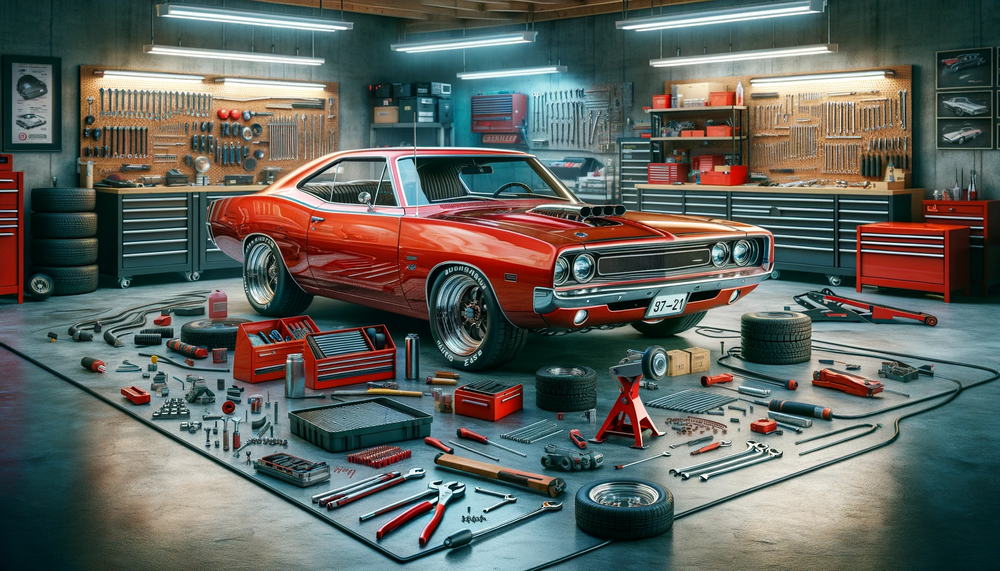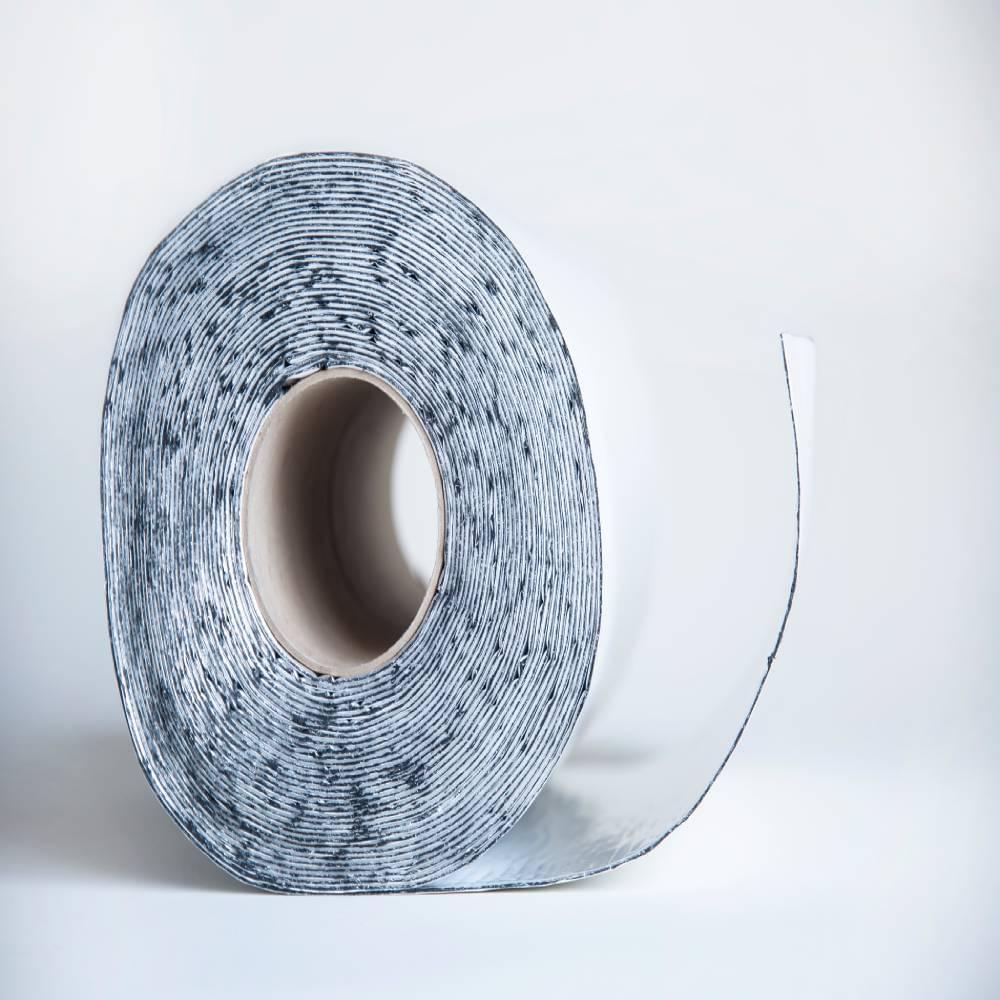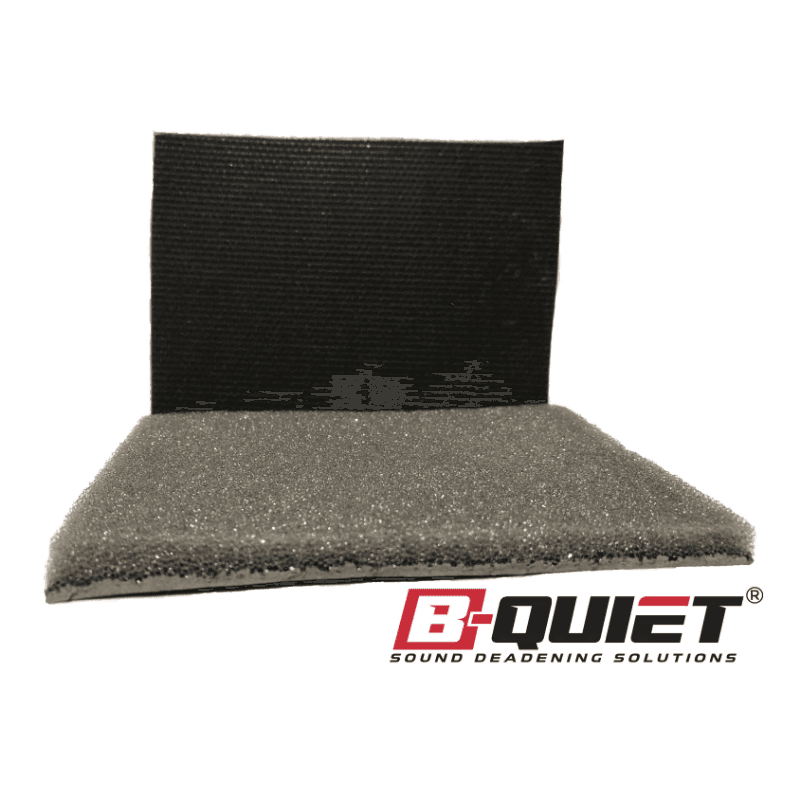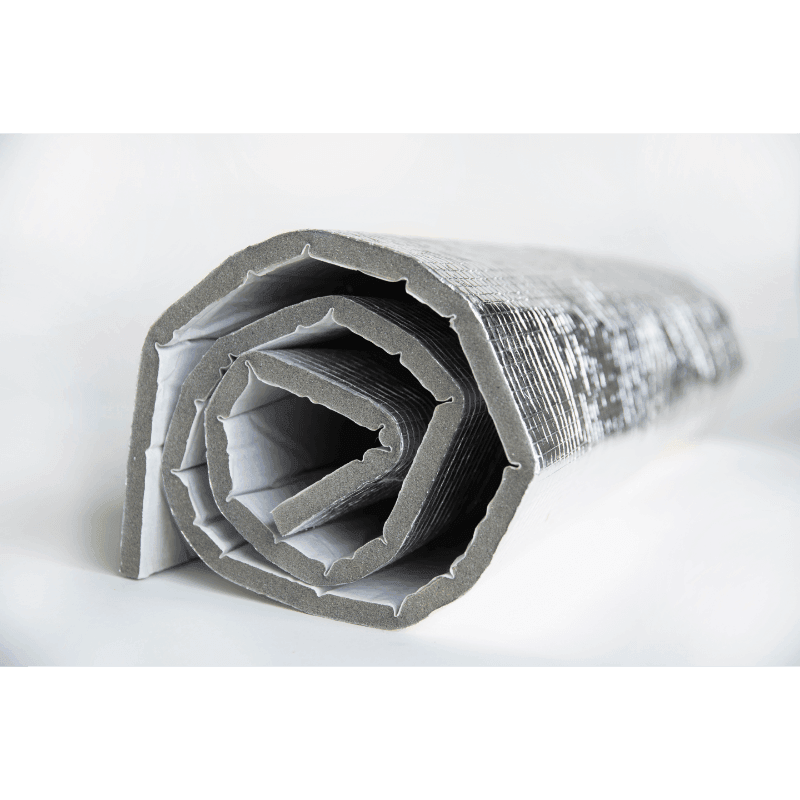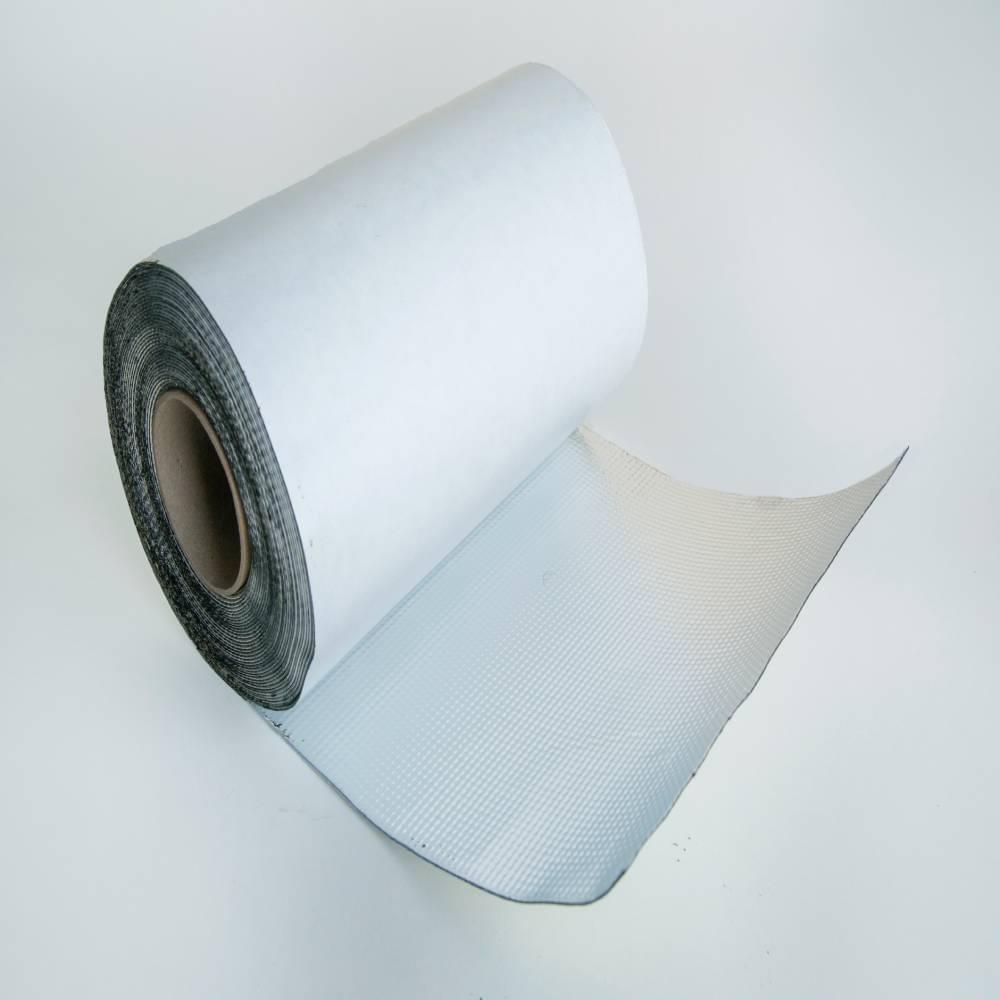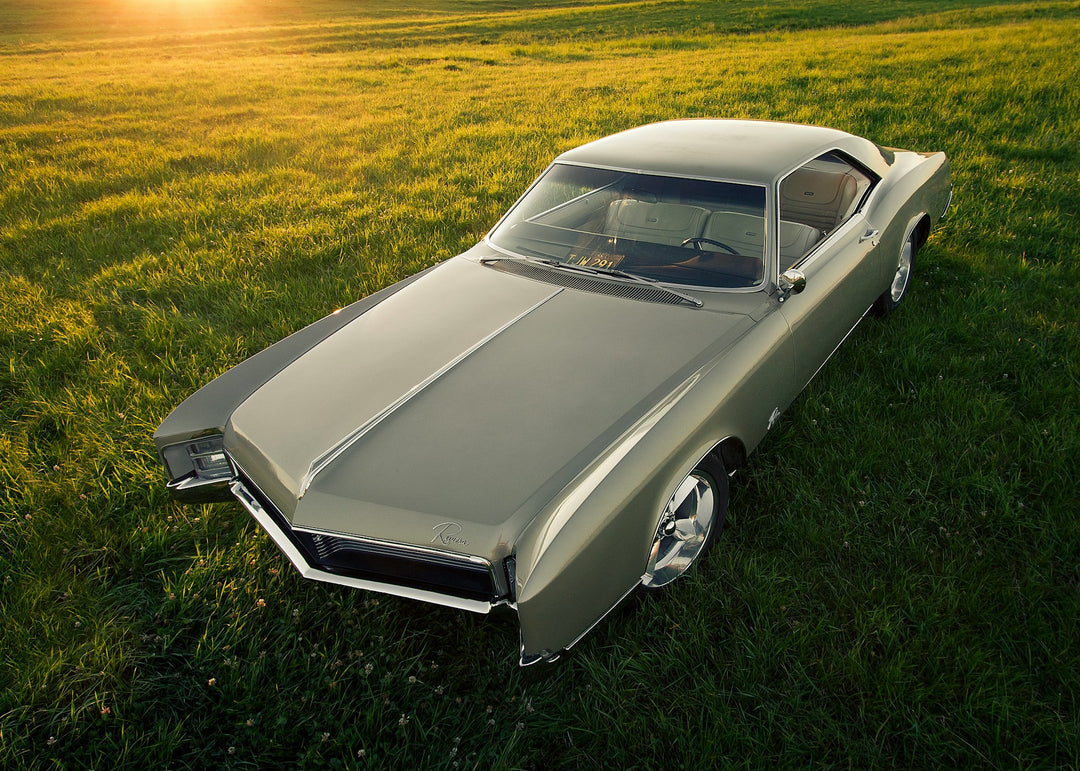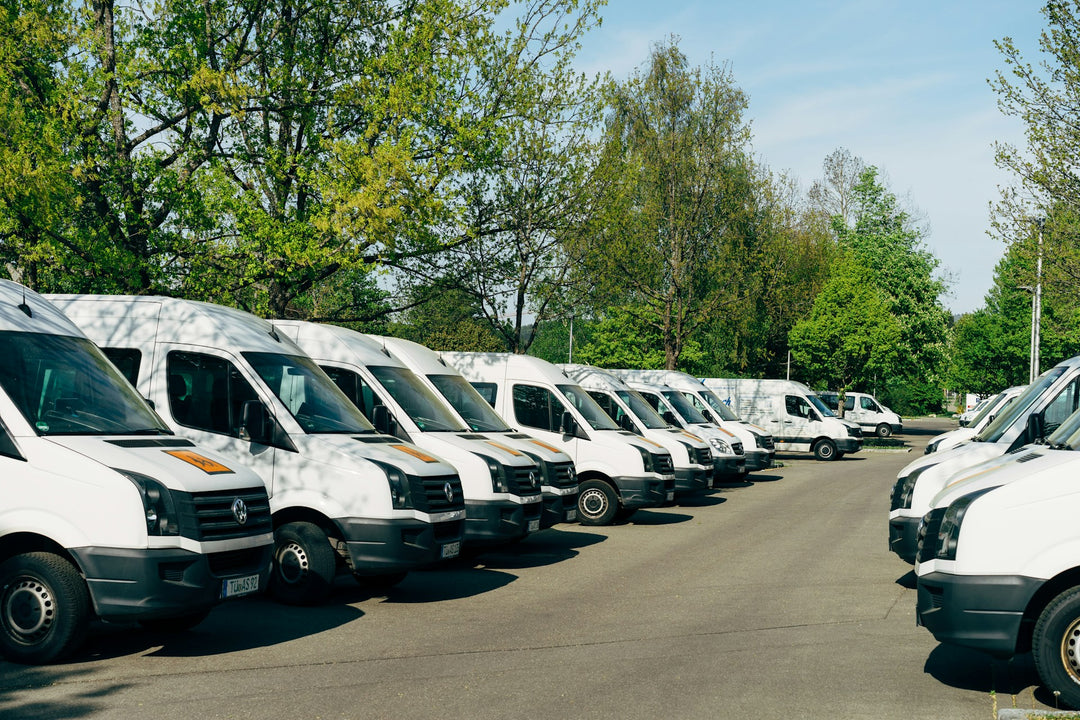Sound Deadening Solutions for a Quieter RV and Camper Experience
Recreational vehicles and campers provide the ultimate freedom to explore the open road while enjoying home-like comforts. However, many RV and camper enthusiasts often face the challenge of excessive noise generated from the vehicle's engine, road conditions, HVAC systems, or surrounding environments. These unwanted sounds can disrupt the serenity of peaceful adventures and negatively impact the overall comfort and experience of your time on the road. In response to these common challenges, sound deadening solutions are an increasingly popular method for reducing noise in motorhomes, campers, and travel trailers.
In this comprehensive guide, we will explore how sound deadening solutions can greatly improve the comfort and ambiance within your RV or camper by drastically reducing noise levels. Learn about various soundproofing materials and techniques ideal for motorhomes, and dive into expert installation tips to maximize effectiveness. By understanding the role sound deadening plays in enhancing your mobile living environment, you can create a truly tranquil home-away-from-home experience in your RV or camper.
Identifying Noise Sources in RVs and Campers
To effectively combat noise intrusions in your motorhome, it is essential to first identify the primary sources of unwanted sound. By pinpointing these problem areas, you can address them more effectively with sound deadening solutions. Common noise sources in RVs and campers include:
Engine and Drivetrain Noise
Noise generated from the engine, transmission, and other drivetrain components can be one of the most significant disturbances, especially in older models and during long trips. Soundproofing the engine compartment and firewall areas can drastically reduce the impact of this noise source.
Road Noise
Tires, suspension, and road conditions can contribute to an increase in internal noise levels. Insulating the wheel wells, underbody, and flooring can help to minimize the transmission of road noise within your living space.
HVAC Systems
Heating, ventilation, and air conditioning systems are often noisy and can tarnish the comfort of your motorhome or camper. Soundproofing the ducts and vents, or isolating the equipment from the living area, can significantly reduce noise pollution caused by HVAC systems.
Exterior Noise
Neighboring campers, busy rest stops, or the natural sounds of bustling campgrounds can pervade the peacefulness of your motorhome. Properly insulating the walls, windows, and doors can help control exterior noise.
Sound Deadening Materials for RVs and Campers
When selecting sound deadening materials for your motorhome or camper, consider the following top-performing options:
Mass Loaded Vinyl (MLV)
Mass loaded vinyl is a dense yet flexible material that excels at blocking airborne noise. MLV can be applied to walls, ceilings, floors, and wheel wells to reduce the infiltration of exterior noises, road noise, and engine noise.
Automotive Sound Deadening Mats
These adhesive-backed mats, typically made from butyl rubber or a similar material, are designed to dampen vibrations and decrease sound transmission. They are often applied to the floors, doors, and engine compartments of RVs and campers to combat the noise associated with these areas.
Insulation Materials
Using proper insulation materials such as mineral wool or fiberglass batts, can both regulate the internal temperature and provide an additional sound deadening layer, which helps to diminish exterior noise transmission.
RV and Camper Sound Deadening Installation Tips
For optimal soundproofing results, follow these expert installation tips for your RV or camper:
Prioritize Problem Areas
Before beginning your sound deadening project, create a list of the most troublesome noise sources in your motorhome. By focusing on these high-priority areas first, you can maximize the impact of your efforts.
Clean and Prep Surfaces
Ensure your working surfaces are clean, dry, and free of debris before applying sound deadening materials. Good surface preparation ensures the materials adhere properly and function at their highest potential.
Measure and Cut Accurately
When cutting sound deadening materials, measure and trim them with precision to guarantee a snug fit. Properly-sized materials ensure optimal performance and create a polished, professional appearance.
Seal Gaps and Cracks
Sealing gaps, cracks, and holes in walls, floors, windows, and doors can significantly improve the effectiveness of sound deadening materials. Utilize weatherstripping, caulk, or gaskets to ensure a tight seal and prevent noise leaks.
Upkeep and Maintenance of Sound Deadening Solutions
To prolong the life of your sound deadening investment, follow these maintenance tips:
Inspect Materials Regularly
Regularly survey your motorhome for signs of wear, damage, or degradation in sound deadening materials. Address any issues in a timely manner to maintain optimal noise reduction performance.
Keep Your RV Clean
Maintain cleanliness within your motorhome or camper to preserve the integrity and appearance of sound deadening materials. Routine cleaning helps to ensure the effectiveness and longevity of your investment.
Monitor Ambient Noise
Continuously monitor ambient noise within your RV. If noise levels begin to creep up, consider additional sound deadening solutions to maintain a serene and enjoyable living environment.
Conclusion
With the comprehensive use of sound deadening materials, techniques, and the expert tips outlined above, you can turn your RV or camper into a tranquil retreat, providing an enhanced travel and living experience for you and your loved ones. Investing in sound deadening solutions will allow you to better enjoy the peaceful moments of your journey, whether parked beside a bustling campground or navigating the open road.
Embark on new adventures while enjoying the serenity you desire. By implementing sound deadening materials from B-Quiet in your motorhome or camper, you can begin to experience the unparalleled tranquility of a quiet and insulated home on wheels, letting you focus on what matters most – the journey.


